I test bedding for a living − these are my non-negotiable bed sheet buying rules
Try not to be taken in by the promise of a low price – follow my bed sheet buying rules to make sure you're getting the most for your money
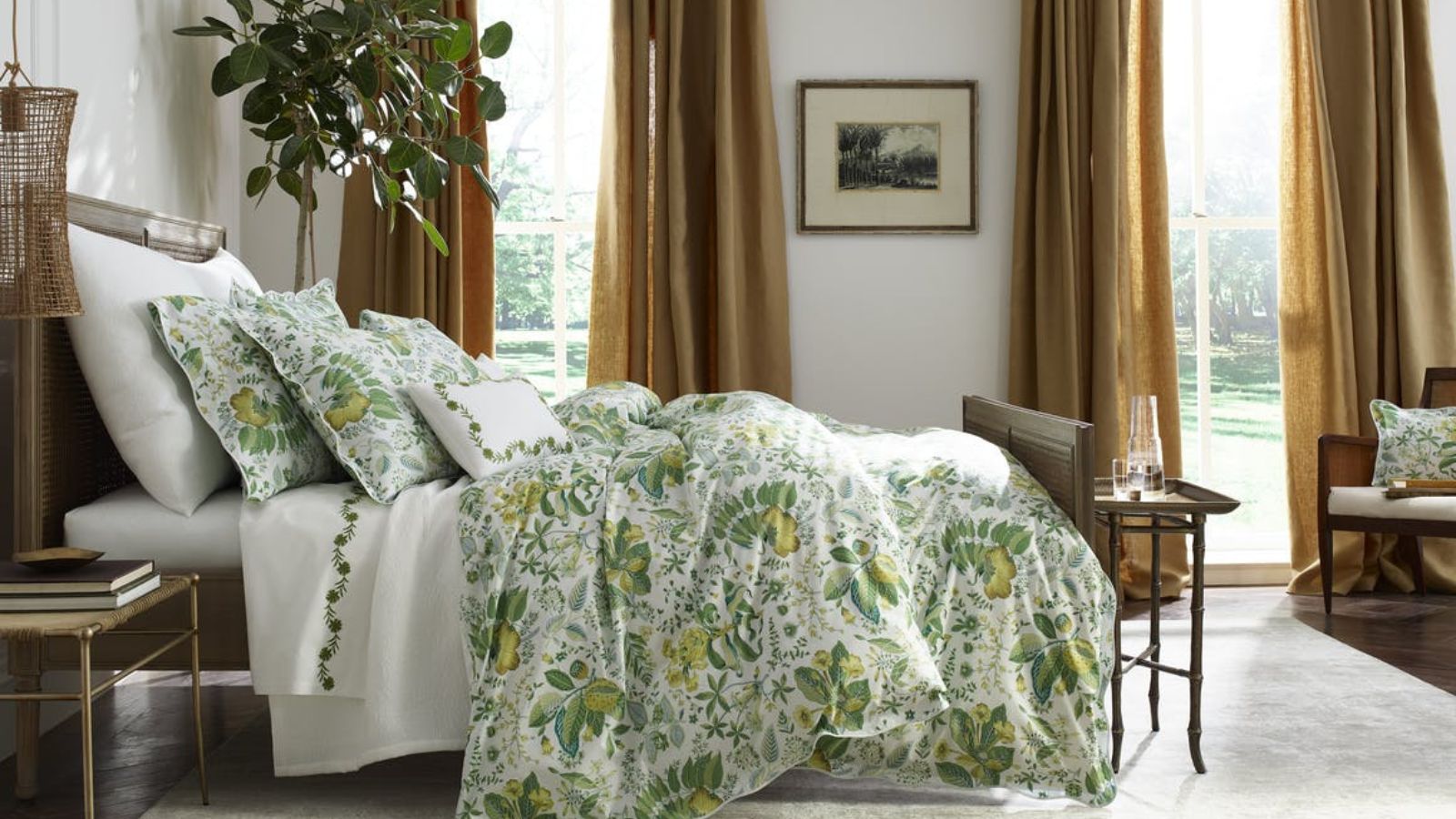

The right set of bed sheets can improve your sleep and instantly elevate the look and feel of your bedroom. The best bed sheets should regulate your temperature, feel soft against your skin, and wash well to withstand the wear and tear of long-term use.
I've tested cooling cotton percale sheets for warmer weather, silky cotton sateen sheets for sensitive sleepers, and bamboo bed sheets for eco-conscious shoppers. There's also linen, hemp, eucalyptus: the list goes on. With so many bed sheet types on the market, it's easy to feel spoiled for choice.
That's where I come in. As the resident Sleep Editor here at Homes & Gardens, I lead a team of expert testers in the search to find the world's best bed sheets. Along the way, I've tested sheet sets from all the best places to buy bedding, including local home retailers, specialist sleep stores, and luxury design houses.
My bed sheet buying rules – from a professional product tester
For every great sheet set I test, I come across a few duds. Often, it's the cheap sheet sets, made from polyester or microfiber, that trap heat and pill in the wash. That's why I want to share my bed sheet buying rules with you: so that you aren't taken in by a good price on a poor product.
1. Select the right size
It might sound obvious, but it bears repeating: you should only shop for bed sheets that would fit your current mattress. There's no point snapping up a deal on twin-sized bedding if you sleep in a California King.
The depth of your sheets is also extremely important. We've all been there: you've triple-checked the care tag, you're certain that you've bought the right size, but your sheets still aren't staying on the bed. The problem might have something to do with the pockets. In my time as a sleep editor, I've come across sheets that are too big, too small, too thick, too thin to stay on the bed. One of my best tips is to measure the depth of your mattress, as some are much taller than others.
If you've been burned before, and you're keen to buy sheets that stay on the bed no matter what, you should try to find a fitted sheet with enhanced elastic for a secure fit. Thicker mattresses require stronger fitted sheets with deeper pockets.
Type 'sheets that stay on the bed' into your search engine, and you're unlikely to yield many results. That's why I've rounded up a few of my favorite fitted sheets at the fairest prices you'll find online. I've called in each of these sheet tests for review, and I'm already impressed with their snug, secure fit.
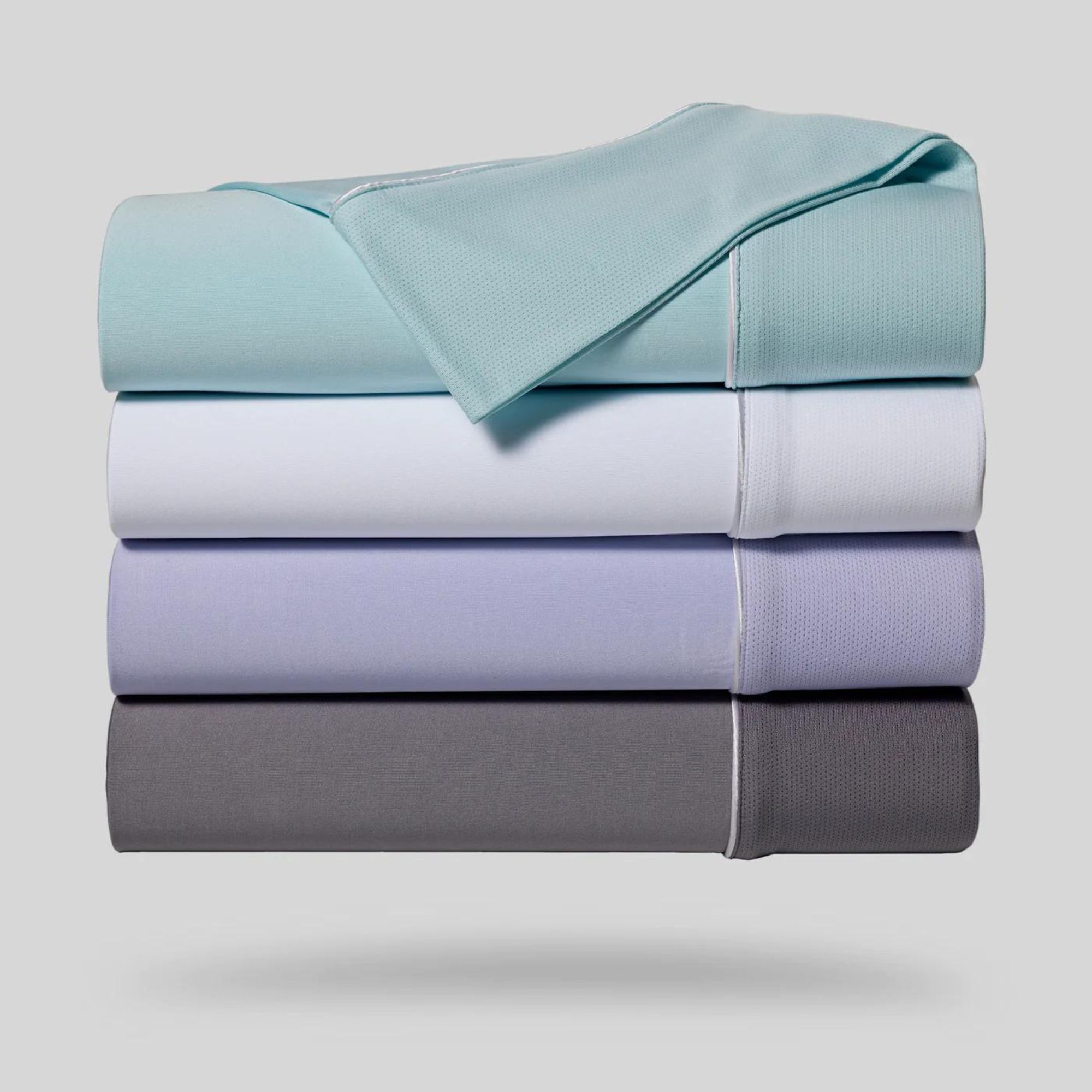
These cooling sheets are secured with a Powerband, an enhanced elastic that stretches all the way around the sheet, grabs hold of your mattress and won't let go.
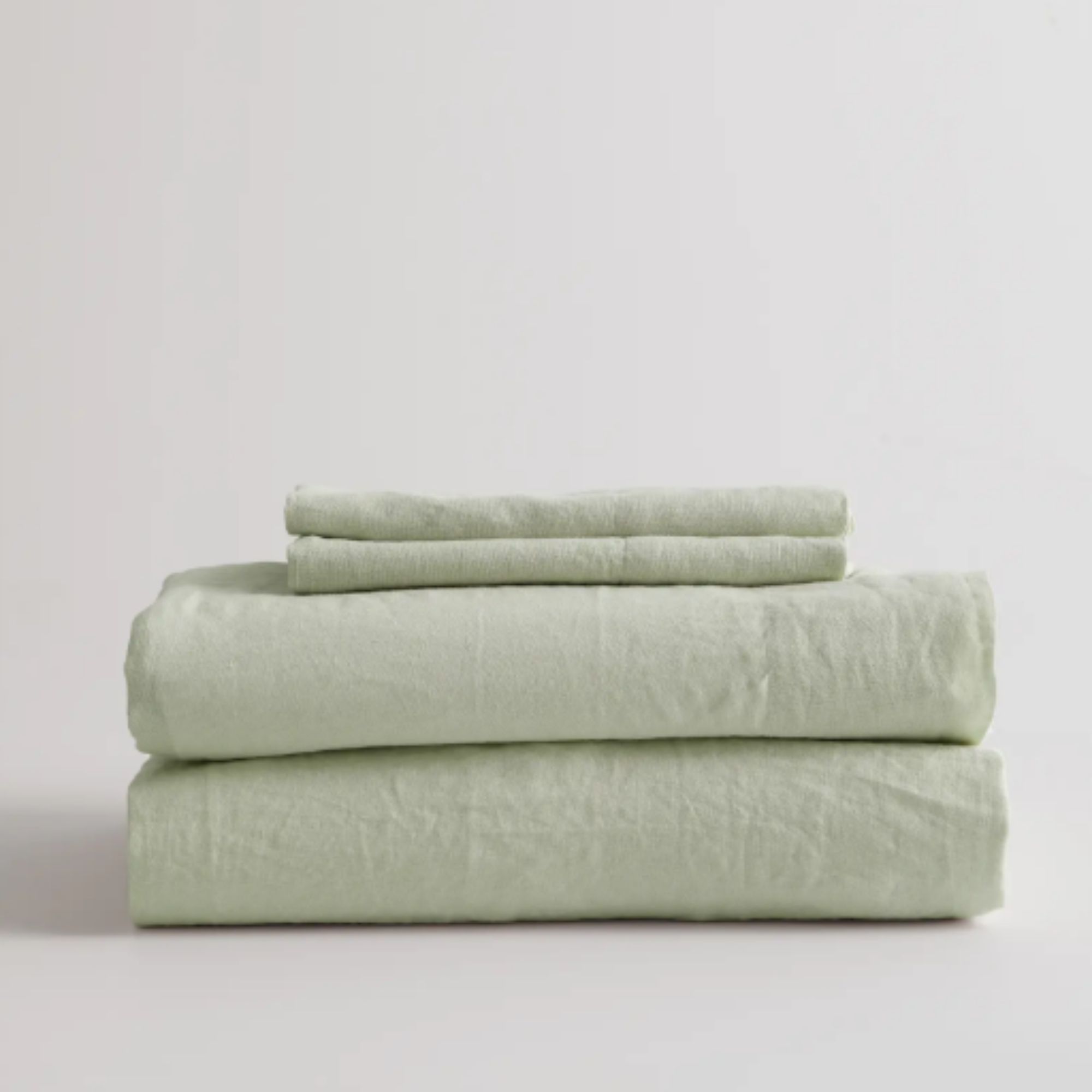
These linen sheets are super-stretchy, made to accommodate mattresses up to 16 inches deep. When you shop the set, you get a flat sheet and two pillowcases thrown in for good measure.
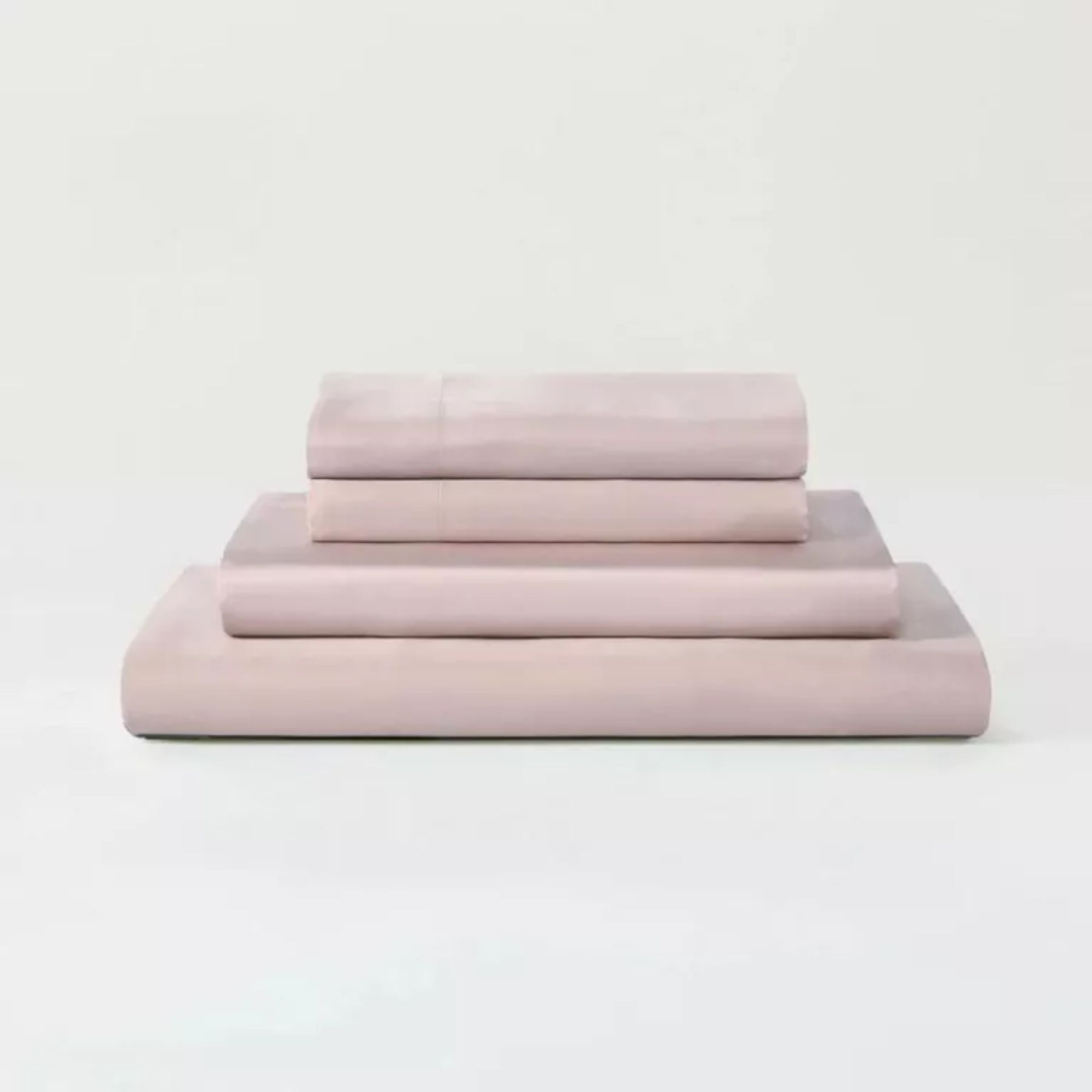
Each flat sheet, fitted sheet, and pillowcase in the AiryWeight set is made from eucalyptus lyocell. Eucalyptus is naturally supple, so that you can strip the bed and make it up again with ease.
2. Material differences
If you've ever tried to shop for sheets, whether in-store or online, you'll know that there is a wide range of bed sheet types. To the untrained eye, many materials look and feel pretty similar. Luckily, I'm here to break down the bedding buzzwords.
Cotton is one of the most common materials for bed sheets. You can weave cotton in a few different ways. Cotton percale is crisp and cool, with plenty of interlacings to boost breathability. I'd recommend cotton percale for hot sleepers and warmer climates. Then, there's smooth cotton sateen. Tightly woven for warmth, these sheets are ideal for cool sleepers and colder weather. Because of its silky soft surface, I'd recommend cotton sateen for sleepers with sensitive skin.
Cotton might be the most popular material for bed sheets, but there's something out there for every sleeper. The best linen sheets are ultra durable to withstand the wear and tear of nightly use and regular washing, though breathable bamboo might be better for eco-conscious shoppers. Organic materials, such as eucalyptus or hemp, are naturally moisture-wicking and antimicrobial to bust the bacteria that breeds in warm, damp environments, such as bedrooms.
Word to the wise: avoid polyester. It traps heat, feels cheap, and pills at the drop of a hat. It's also terrible for the environment, as it's made from non-renewable resources and its production emits all sorts of greenhouse gases. Polyester would be, by far, the worst bed sheet material to choose.
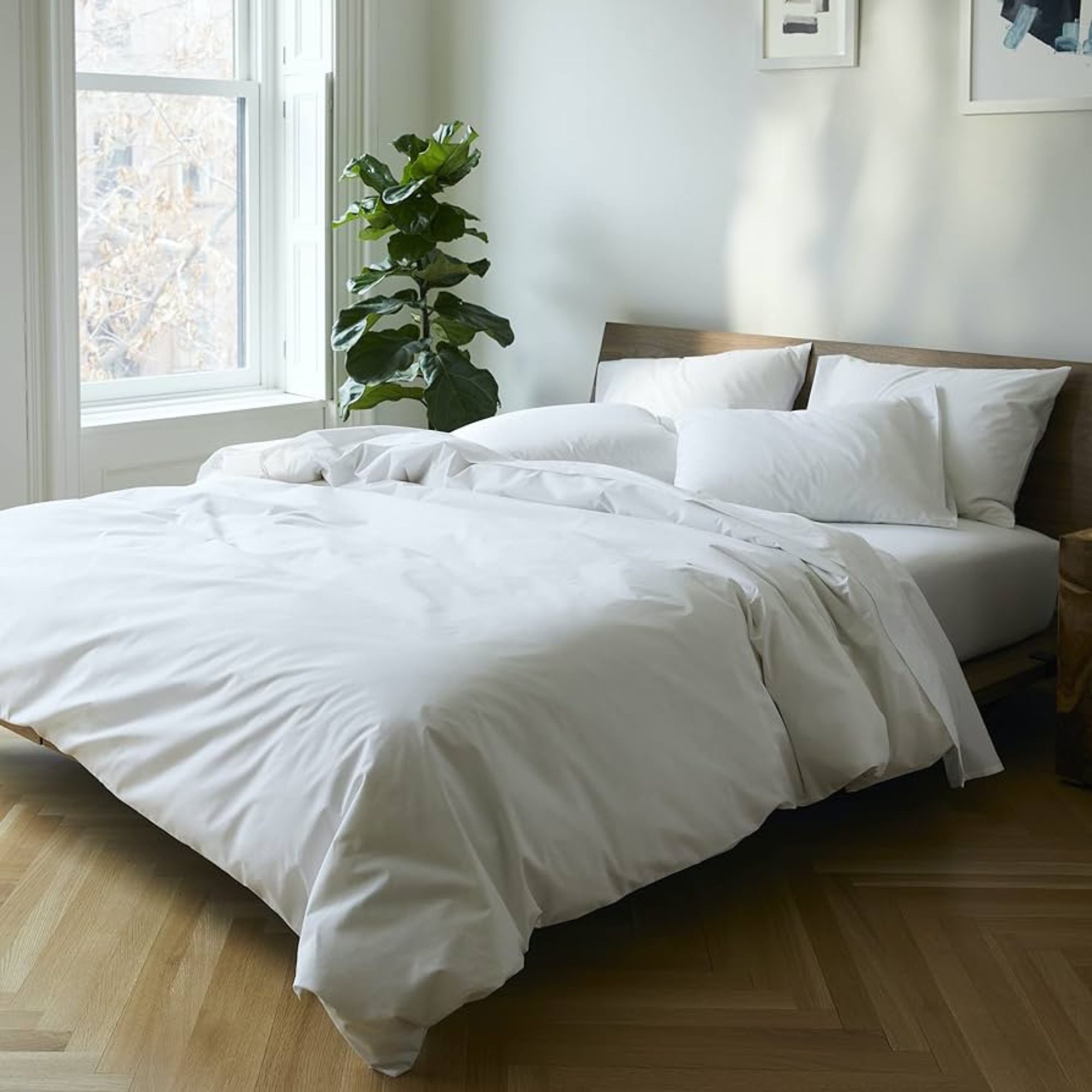
Woven from long-staple cotton into silky-smooth sateen, these sheets should feel soft against your skin. They'll trap heat and keep you warm in colder weather.

This bedding bundle includes a duvet cover, a flat sheet, two fitted sheets, two pillowcases, and a bed skirt to boot. Each piece is made from cooling cotton percale, so it's ideal for hot sleepers.
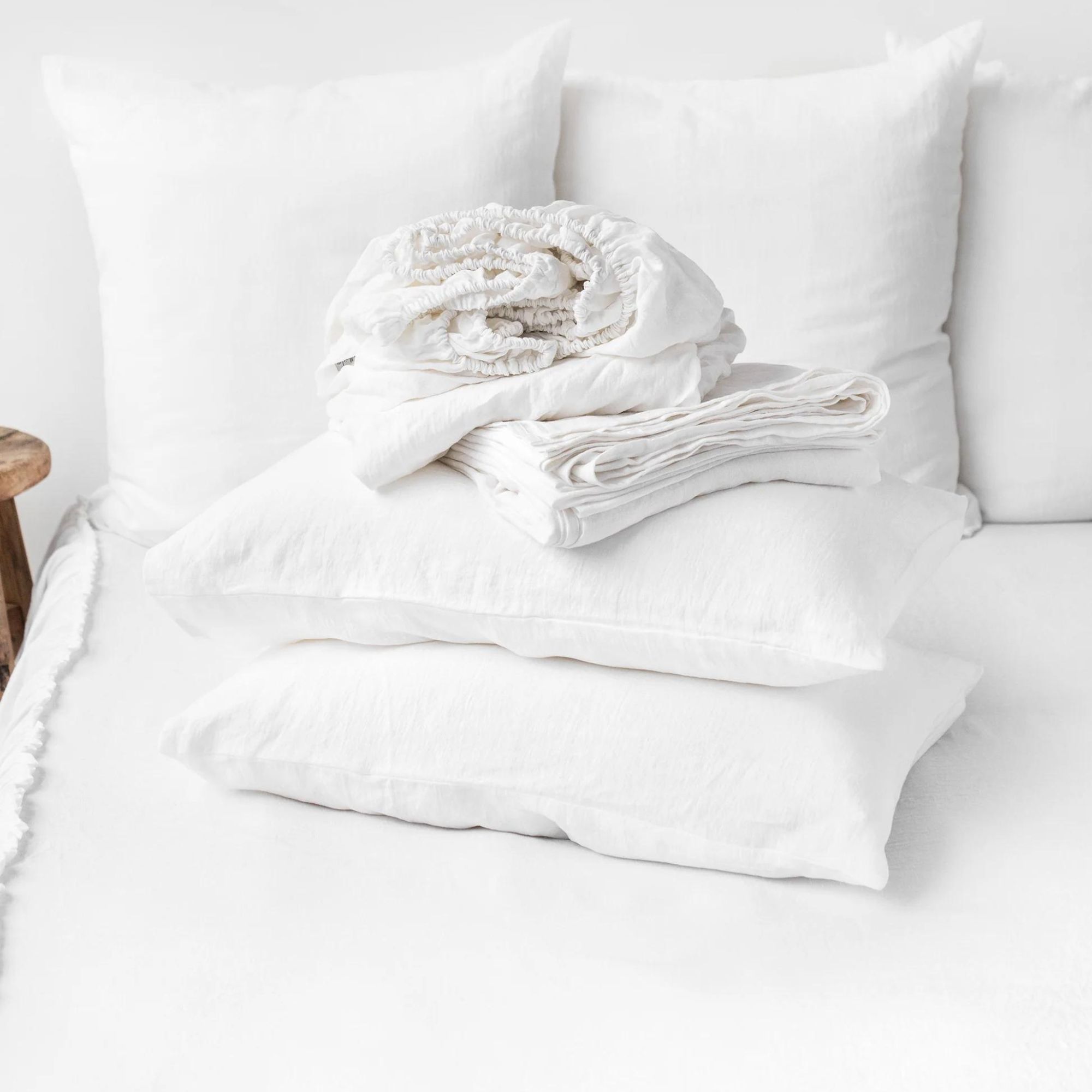
Forget everything you think you know about linen. These sheets aren't stiff and scratchy. Each piece is stone washed for softness, and they'll only get softer over time.
3. Pick your palette
White sheets are a classic for a reason. A set of the best white bed sheets would complement any bedroom color palette, though they'll quickly show any stains or smudges.
If you're shopping for brightly colored bed sheets, you'll find a lot to like at Bed Threads. There, you can build your own bedding bundle, mixing and matching between earth tones, cool colors, and bold dues to create bespoke bed sheets.
Perhaps you'd prefer to play with pattern. Subtle stripes and gingham prints abound at Piglet in Bed. Their bright bed linen would really pop against plain white walls, though it could easily integrate with colorful bedroom decor. For bolder, botanical prints, try Matouk. These stylish sheets won't come cheap, but they would make a serious statement in a master bedroom.

Each flat sheet, fitted sheet, and pillowcase in the Classic Cool Sheet Set is crafted from cotton percale and combed for softness. These classic white sheets could complement any bedroom color palette.
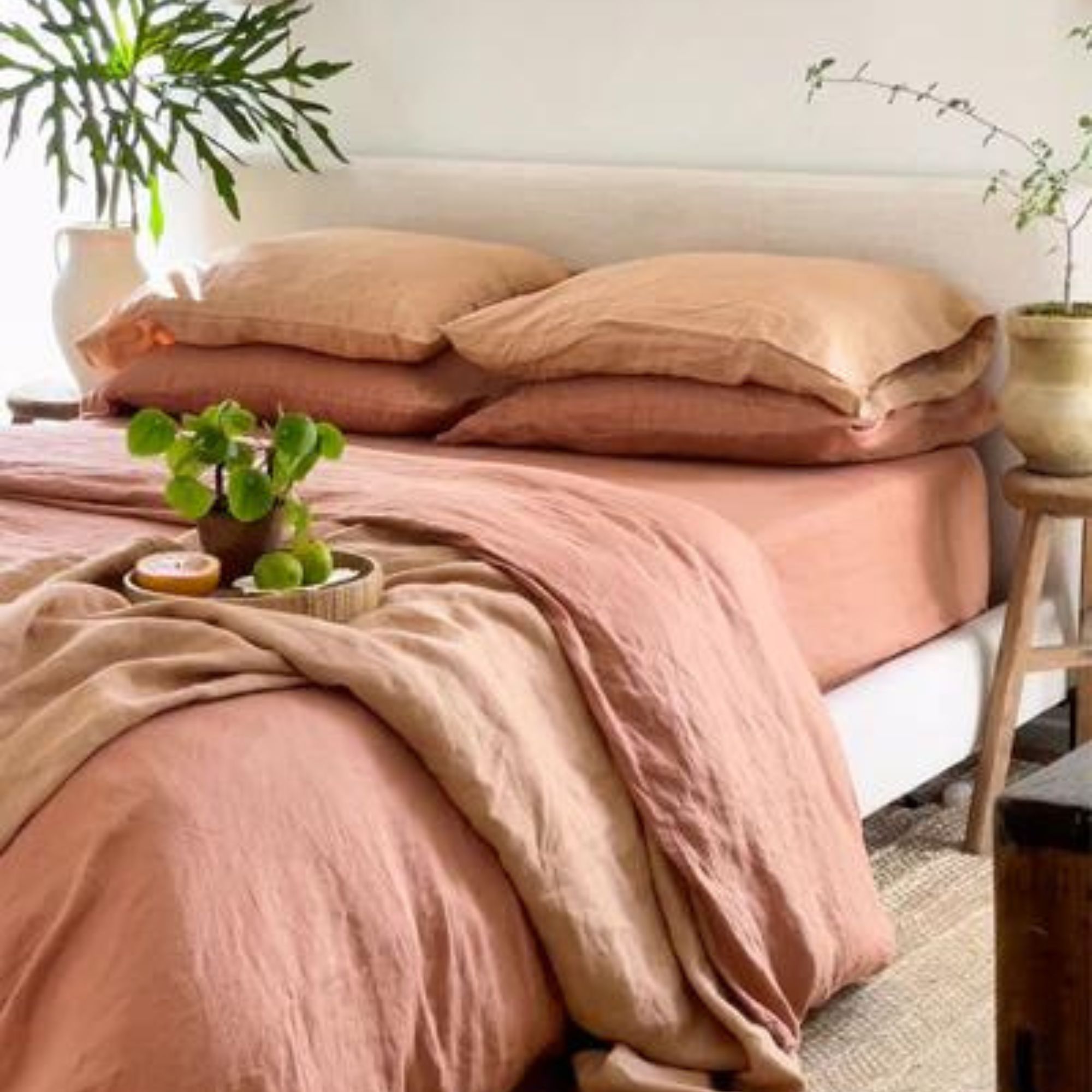
If you're keen to experiment with color, but you don't want to overwhelm your space, you should consider playing with earth tones. Here, the combination of hazelnut and terracotta feels warm and welcoming.

I built my own bedding bundle at Piglet in Bed. I opted to color drench my bedroom in sage green but you could mix and match between a range of warm and cool shades, as well as cute gingham and subtle stripe prints.
4. Set your budget
As a sleep editor and a shopping writer, I'm often asked: 'how much should I spend on sheets?'. It's a difficult question to answer without knowing the specifics of your financial situation or sleep style.
Personally, I'd never spend less than $50 on bedding. That's the lowest amount you could pay to get durable sheets to withstand nightly wear and tear. On the other hand, I couldn't afford to drop $1,000 on a set of sheets. You could easily spend that kind of money at luxury design houses. I usually shop at specialist sleep stores, instead, to ensure I'm paying for premium products, not a brand name. I recommend you set your own minimum and maximum limit before you start to shop.
If you're tight on time and money, you could narrow your search to the best affordable bed sheets. These sheets might not look or feel quite as premium, but they should regulate your temperature and fit your mattress, which are, really, the most important aspects. You could score a deep discount when you shop the bedding sales.
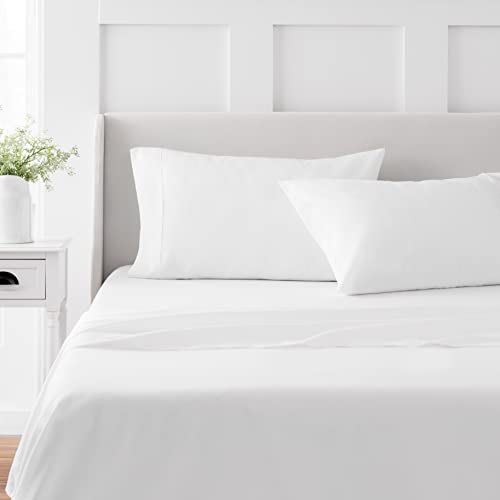
When you shop the Presidents' Day sales, you can pick up a set of 100% cotton sheets for as little as $50. My advice: don't spend any less than this. Much lower than $50, and you're paying a great price for a poor product.

These eucalyptus lyocell sheets come in every size, from Twin to California King, including a Split King option for couples who share a bed, but not a sleep style. These sheets are recommended by dermatologists for sleepers with sensitive skin.
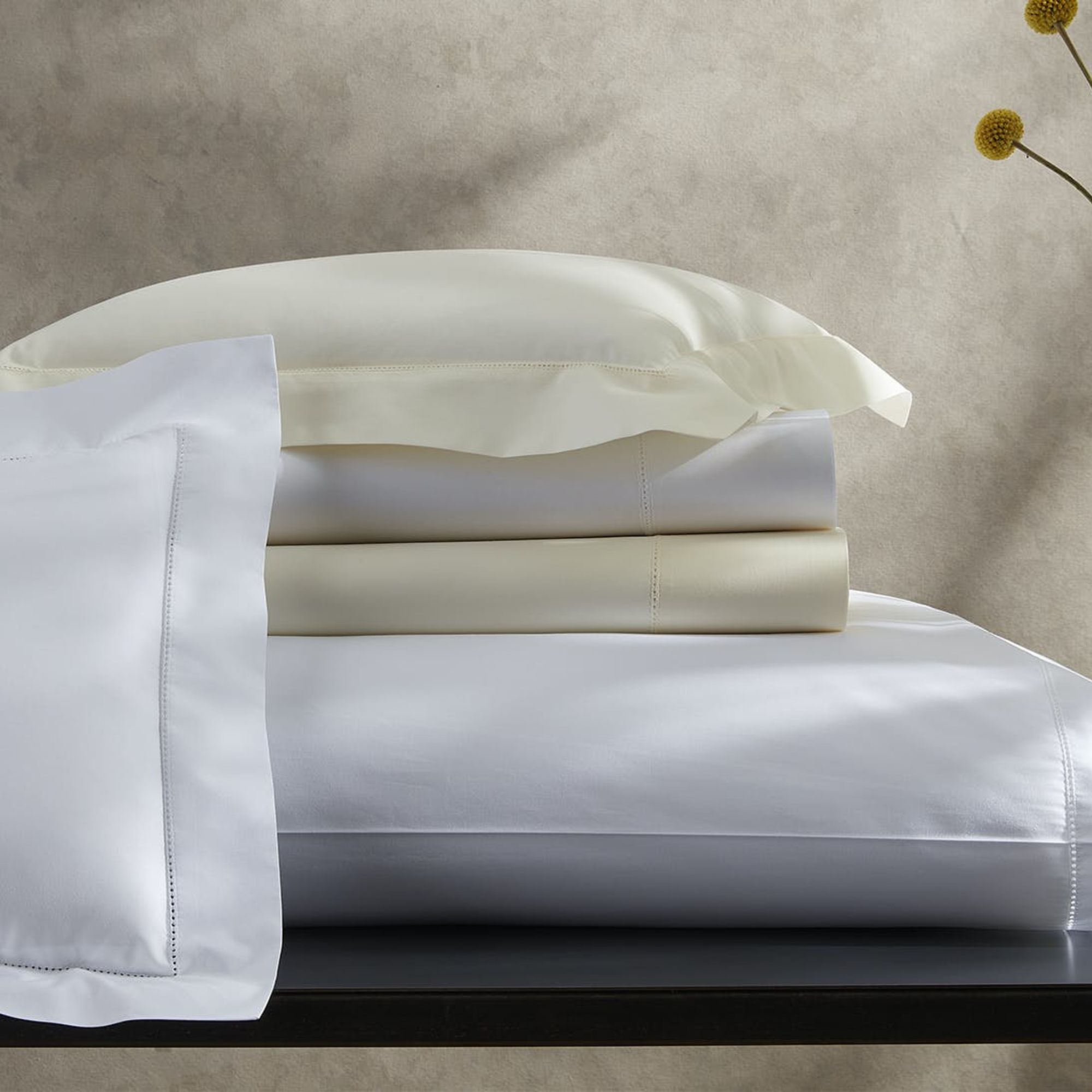
Crafted from cooling cotton percale and finished with a subtle hemstitch, these hotel-worthy sheets are the stuff that dreams are made of.
5. Shop sustainably
If you're paying big money for bed sheets, you want to find something that will last. The last thing you want is to buy a set of cheap sheets that need replacing after a year or two. You're looking for durable sheets that stand up to long-term use, ideally made from sustainable materials.
I tend to recommend that eco-conscious shoppers opt for bamboo bedding. According to ettitude, bamboo is the fastest-growing plant on the planet, growing at three times the rate that we can harvest it, so there's no danger of depleting natural resources. If you don't like the slippery softness of bamboo lyocell, you might prefer something stronger, such as organic hemp or eucalyptus.
Sustainable shopping is more than a matter of materials. You might prefer to shop at a store that outlines its manufacturing process for maximum transparency. When you shop at Woolroom, for example, you can identify the exact sheep whose wool was shorn to make your bedding. It's always nice to know where your stuff comes from and should help you to shop more consciously.
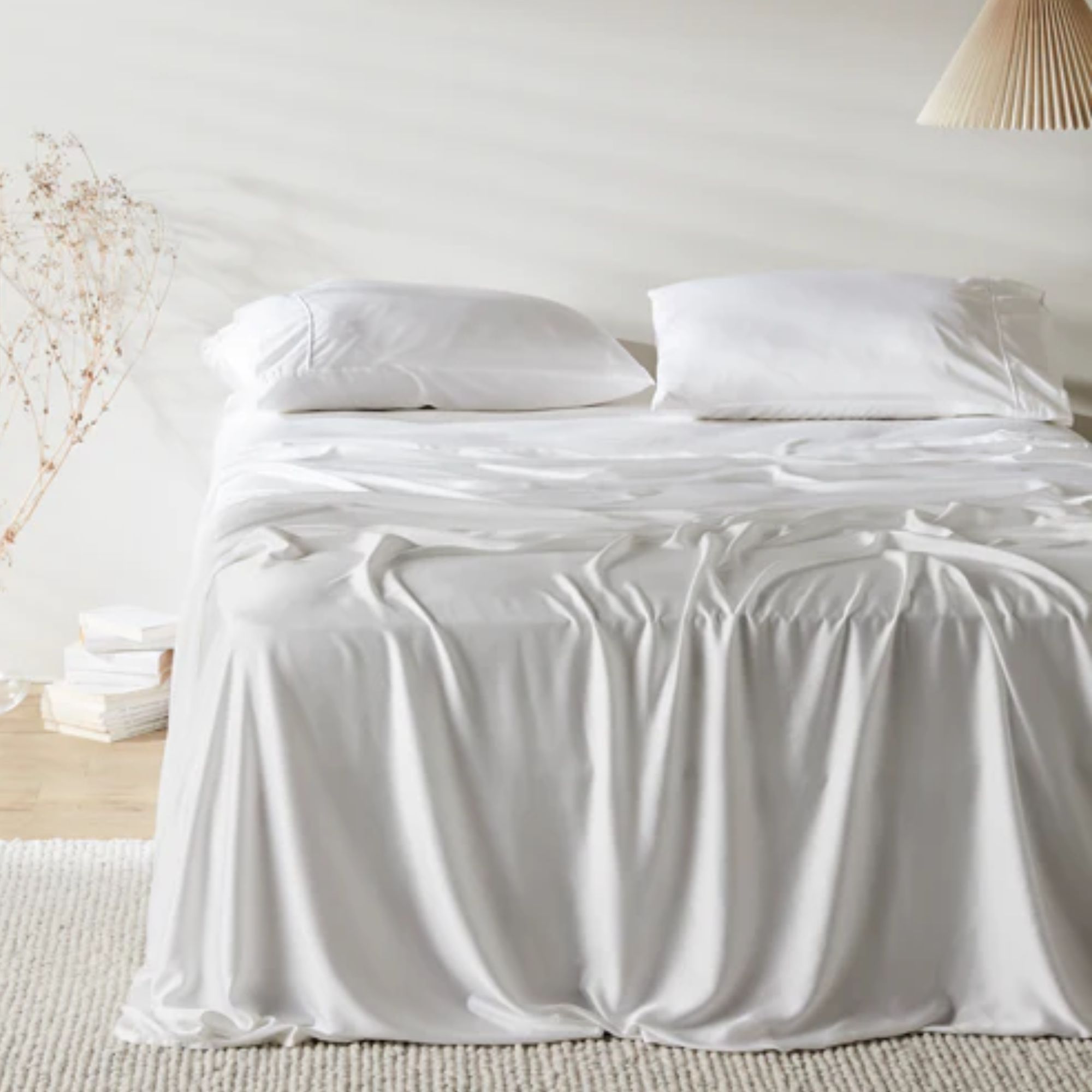
These sateen sheets feature in almost every bedding buying guide I write: they're just that good. Made from bamboo lyocell, these sheets are free from the toxic solvents, pesticides, and fertilizers you'll find in bamboo viscose.

Hemp is naturally breathable, antibacterial, hypoallergenic, and thermoregulating: all the things you'd look for in the best bed sheets, growing right under your nose.
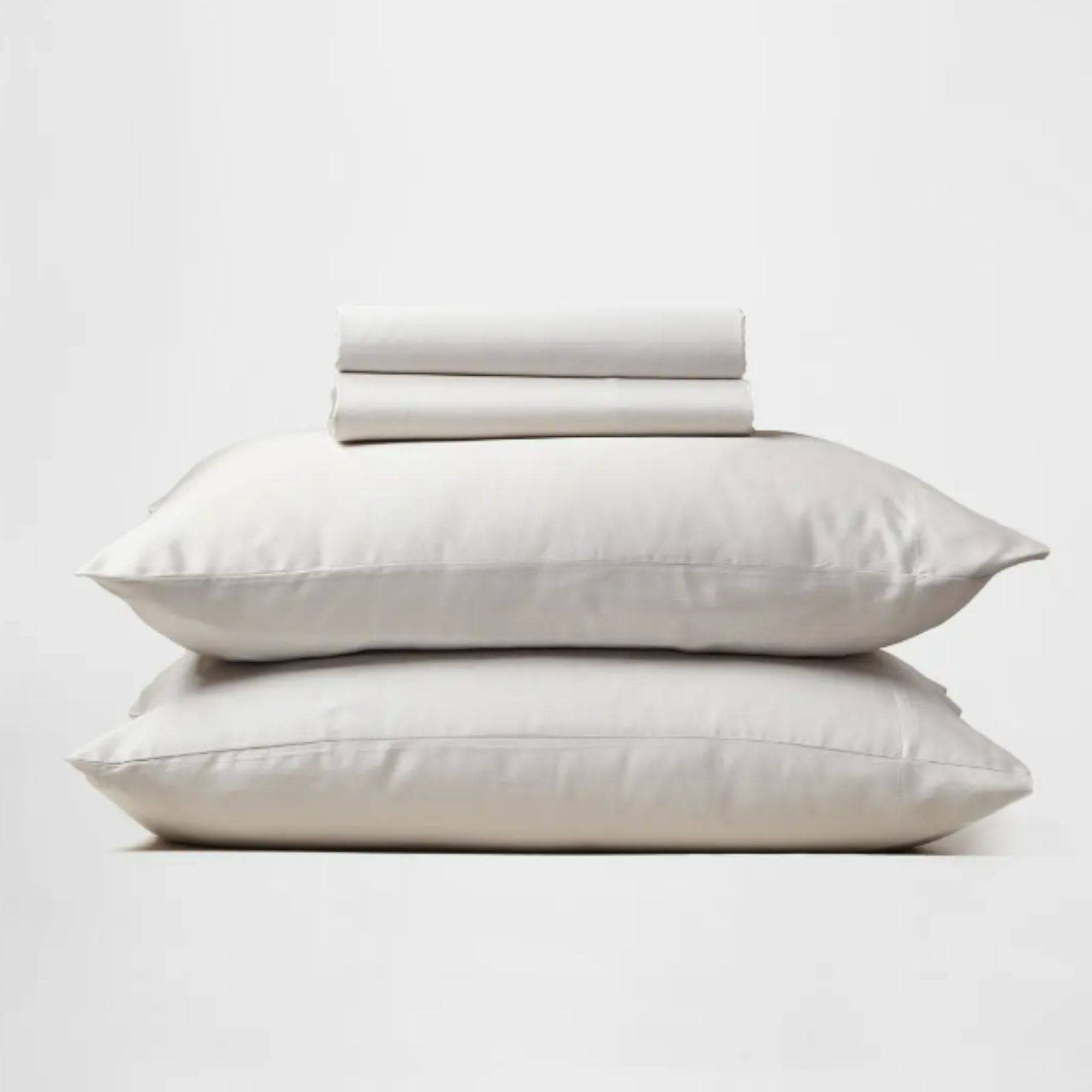
Silk & Snow want to make the bedding business transparent. That's why they include everything you need to know about a fabric, from where it's woven to how it's dyed, as part of the product listing.
There's so much bargain bedding to buy in the Presidents' Day sales. If you want to avoid buyer's remorse, I'd urge you to slow down while you shop and stop to think about what you really want and need from your sheets. The last thing you want is to make any of the most common bedding mistakes.
Sign up to the Homes & Gardens newsletter
Design expertise in your inbox – from inspiring decorating ideas and beautiful celebrity homes to practical gardening advice and shopping round-ups.

Emilia is our resident sleep writer. She spends her days tracking down the lowest prices on the best mattresses and bedding and spends her nights testing them out from the comfort of her own home. Emilia leads a team of testers across America to find the best mattress for every sleep style, body type, and budget.
Emilia's quest to learn how to sleep better takes her all around the world, from the 3Z mattress factory in Glendale, Arizona to the Hästens headquarters in Köping, Sweden. She's interviewed luxury bedding designers at Shleep and Pure Parima, as well as the Design Manager at IKEA. Before she joined Homes & Gardens, Emilia studied English at the University of Oxford.
You must confirm your public display name before commenting
Please logout and then login again, you will then be prompted to enter your display name.
-
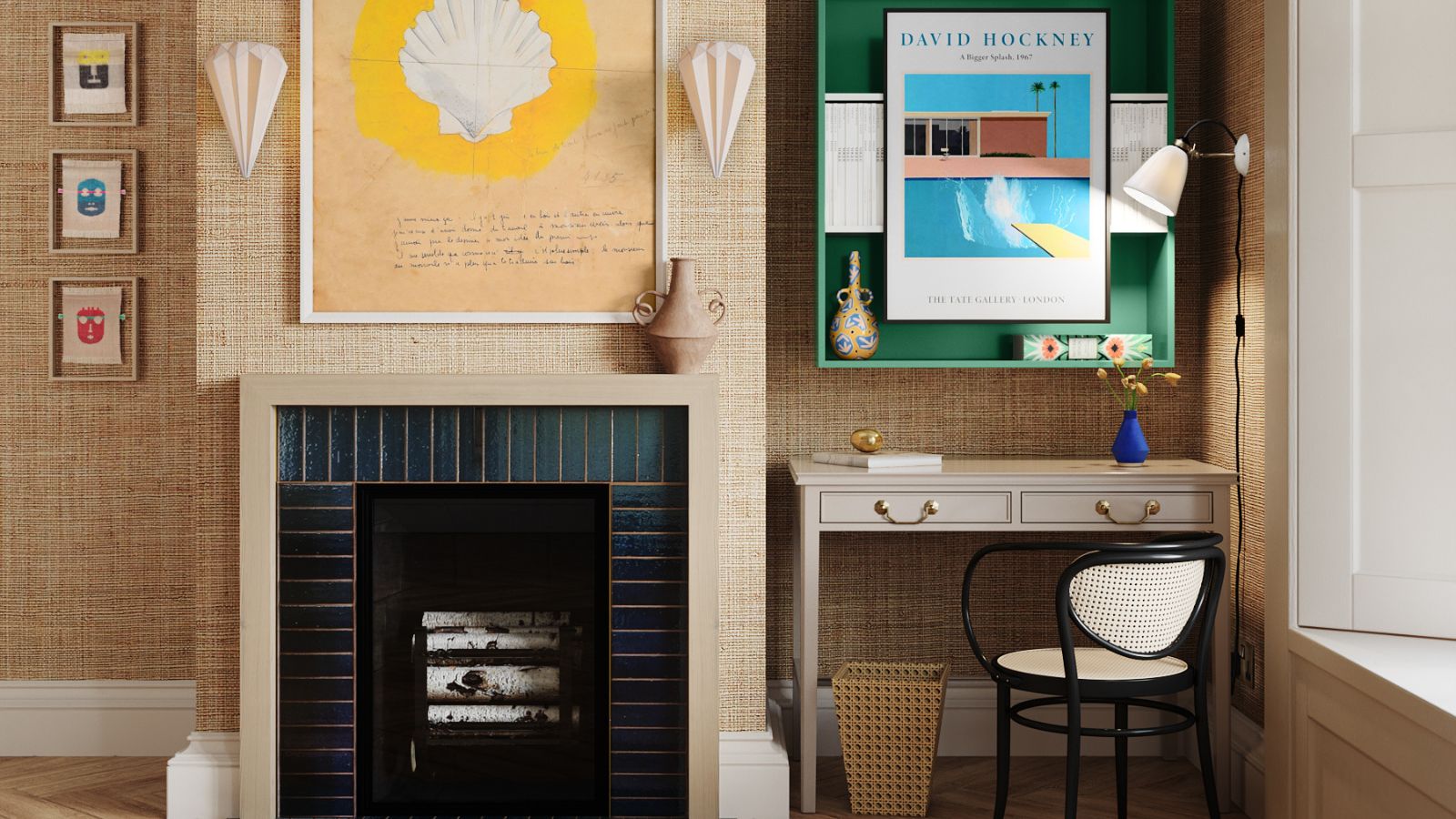 I tried the Temptation Method to finally unpack the boxes I'd been ignoring after a stressful house move – I'm relieved it worked so well
I tried the Temptation Method to finally unpack the boxes I'd been ignoring after a stressful house move – I'm relieved it worked so wellWith a pile of unpacked boxes clogging up my home office, it was time to get motivated
By Sophie Warren-Smith
-
 Martha Stewart's nostalgic gray-green kitchen cabinet color is having a revival – and I predict it will be a huge trend in 2026
Martha Stewart's nostalgic gray-green kitchen cabinet color is having a revival – and I predict it will be a huge trend in 2026A timeless choice for the future – there is a lot to love about a serene gray green
By Jennifer Ebert